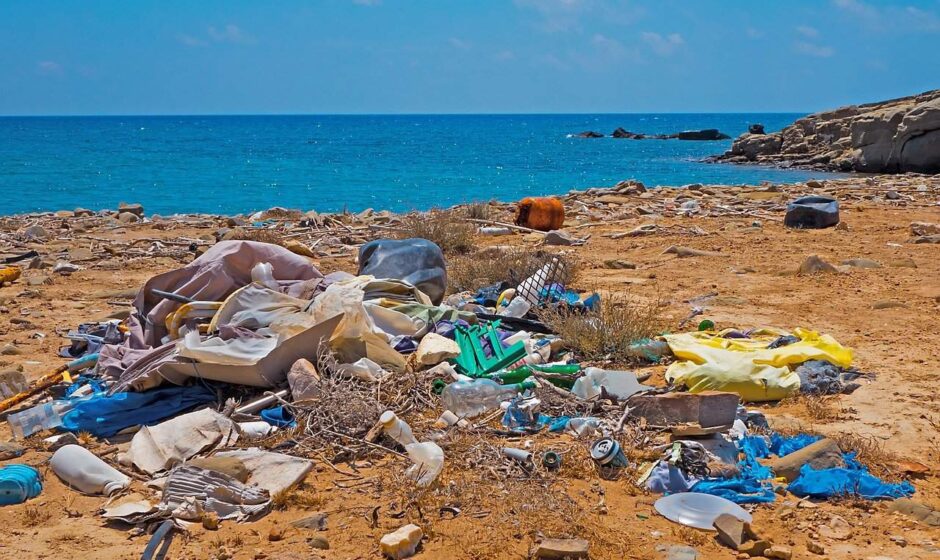India’s coastline is home to a rich and diverse marine life, but it is also facing a growing threat from marine litter. A new study has revealed that marine litter, such as plastic bottles, rubber, and glass, is not only polluting the environment, but also transporting invasive species to the shores of southeastern India. These invasive species, such as the mussel Mytella strigata, can harm the local biodiversity and ecosystems by competing with native species, altering habitats, and spreading diseases.
The study, published in the Marine Pollution Bulletin, surveyed eight beaches in Puducherry and Tamil Nadu, India. The researchers collected and analyzed 1,000 pieces of marine litter, and found that 3,130 specimens of marine organisms, belonging to seven phyla and 17 species, were attached to them. The most common species was the bryozoan Jellyella tuberculata, which was found on 32% of the litter. This species is native to the Atlantic Ocean, and has been introduced to the Indian Ocean through shipping and aquaculture activities.
The study also found that the urban beaches had a higher percentage of fouled litter than the village beaches. This is likely due to the higher levels of human activity in urban areas, which generate more waste and litter. The researchers suggest that urban beaches are more vulnerable to the invasion of alien species, and that more attention should be paid to their management and conservation.
Marine litter is a major global environmental problem that has gained more attention in the last decades from the scientific community due to its impact on biodiversity and human health. It is estimated that up to 12.7 million tonnes of litter enters marine habitats every year. Once debris enters the sea, it either floats or sinks, and can be transported to other areas by currents, washing up on the shoreline and beaches or drifting offshore.
Among marine fouling organisms, invasive species may alter the structure of the endemic community, causing a serious threat to local biodiversity and, sometimes, the decline or extinction of native species, as well as economic loss. Marine litter can also increase the growth of microbes, harmful algae, and pathogens. To date, about 400 marine species of bryozoans, molluscs, barnacles, polychaetes, sponges, hydrozoans, and ascidians have been recorded rafting on marine litter.
The researchers believe that marine litter is posing a growing threat to India’s coastal biodiversity. They are calling for more research into the problem and for measures to reduce marine litter pollution. They also recommend that the public should be made aware of the risks of marine litter and the importance of proper waste disposal. They hope that their study will contribute to the understanding and management of marine litter and invasive species in India and other regions.

